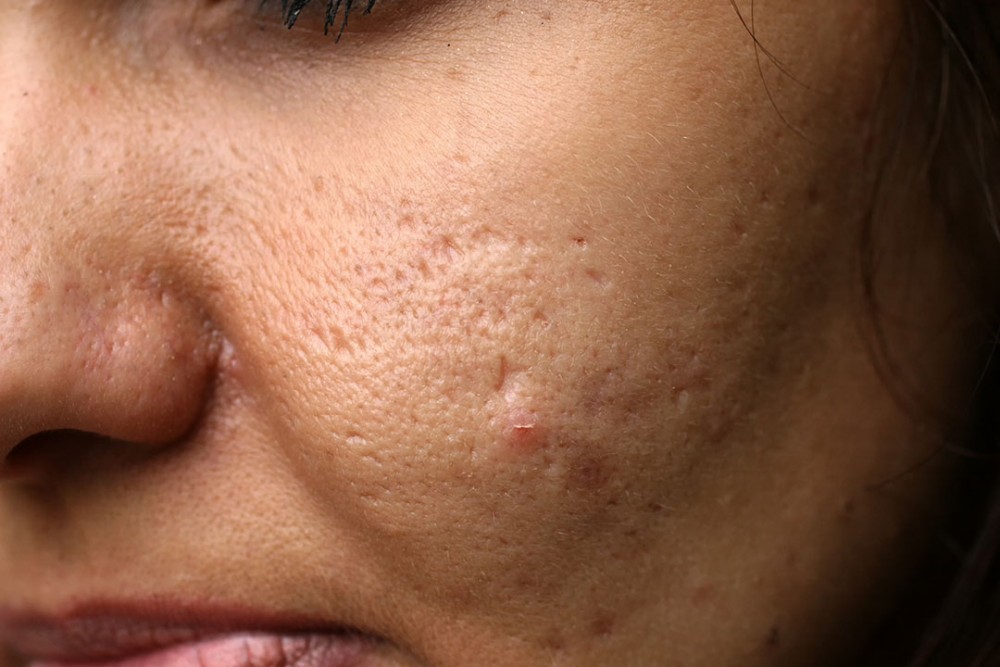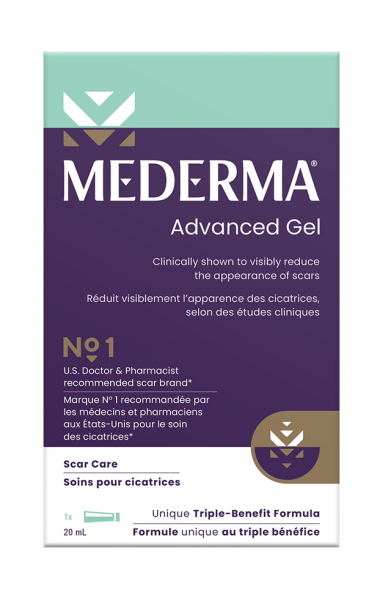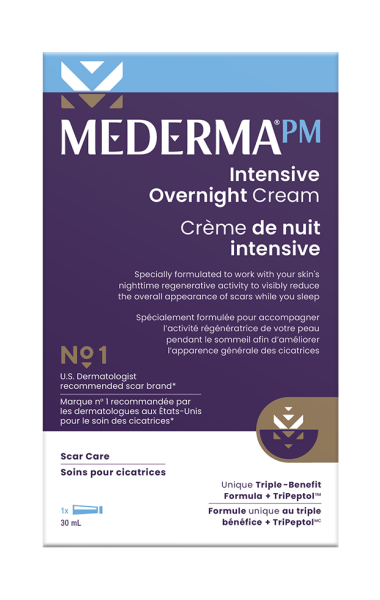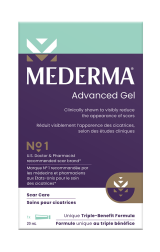Acne: a dreadful word for many teenagers. One of the most frequent skin conditions across the globe, acne, also known as ‘acne vulgaris’ in Latin, is called common for a reason.
At some point in our lives, many of us are burdened with pimples, blackheads or whiteheads on different parts of our bodies, such as the face, neck, chest or back. Even when cared for properly, our skin may be prone to scarring due to acne.
At first, you may feel a little overwhelmed by acne scars. But scar care products are available to make them less obvious. Read on to learn more about acne scars, how to prevent them and, ultimately, how to tackle them.
- Acne scar care may require months of work.
- Keeping your skin clean and free of oily substances can help to prevent severe acne
- There is a range of products – including prescription products – that can help
In this article, we’ll ask:
- What is acne and what causes acne scars?
- How can you prevent acne scars?
- What are the potential solutions for acne scars?
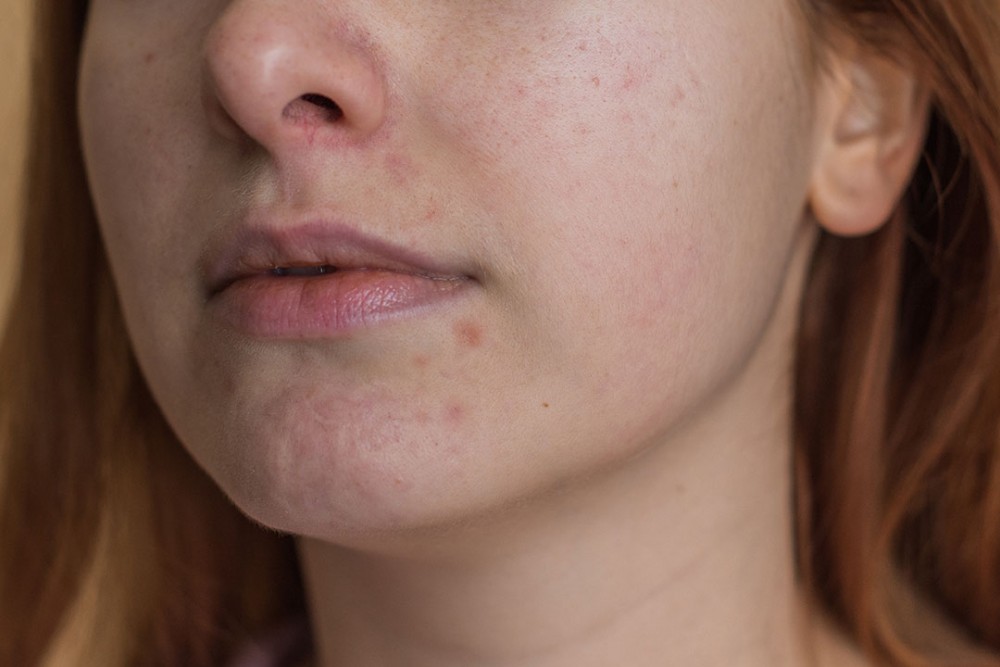
What is acne and what causes acne scars?
Acne is a common skin condition. It is, in fact, one of the top three skin conditions and affects around 85% of young adults, especially in Western Europe and North America [1,2]. Acne scarring is caused by the healing process as the skin repairs itself.
The prevalence of acne is on the rise, and the scientific community is unable to determine its exact cause. It could be due to environmental factors or the earlier onset of puberty.
How acne is formed
In simple terms, acne is caused by an excess of sebum (oil) in the hair follicles. This is the reason why acne occurs mostly on the face, neck, chest and back, where the density of sebaceous glands and hair follicles is high.
The excessive oil production is driven by hormones, which is why acne affects adolescents during a period when their hormonal levels are skyrocketing. Your skin type may also be a predictor of acne, since naturally oily skin is more prone to severe acne. Be aware that severe acne is common in boys and men, not just in girls and women [3].
It is thought that factors such as skin hygiene, diet (food such as chocolate), sunlight and stress could cause acne outbreaks. However, there is limited scientific or medical evidence to support or refute these claims [4].
Acne scarring
As acne starts healing, scarring can occur. If you have inflammatory or cystic acne (swollen, red and painful), you are more at risk of developing acne scars as this tends to affect the deeper tissue [5]. So, it is important to remember that the longer you wait before tackling your inflammatory acne, the greater the risk of scarring.
As for acne scarring in general, not all men and women are similar when it comes to the likelihood of developing scars. But it has been shown that if you have a family member with acne scars, you are more likely to develop them [2].
The vast majority (around 90%) of acne scars are atrophic: pitted, depressed scars resulting from the loss of collagen fibres in the underlying tissue of the skin. Atrophic scars take different shapes (for example, boxcar, icepick, rolling) [6] and it is quite common to have more than one type on affected areas.
Although rare, acne can cause several other uncommon types of scars, including hypertrophic and keloid scars. It is known that a darker skin tone may influence the occurrence of these types of scars, and they affect African American and Asian people more frequently than Caucasians [7].
